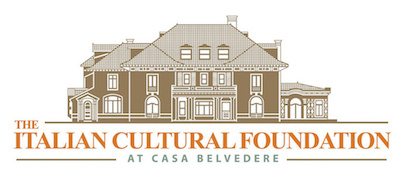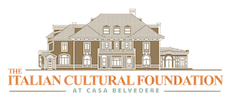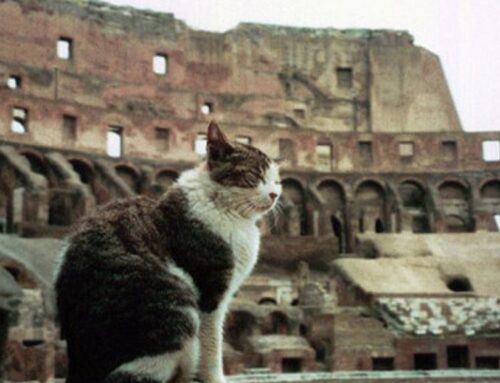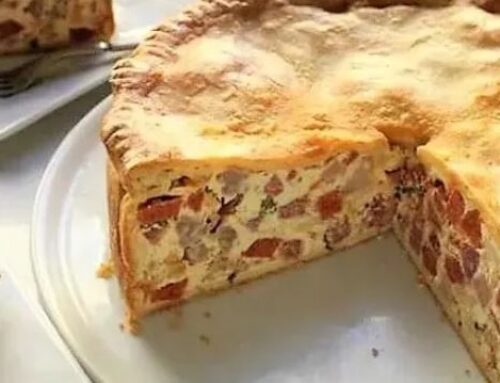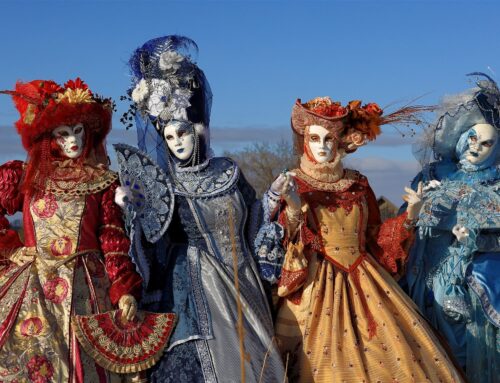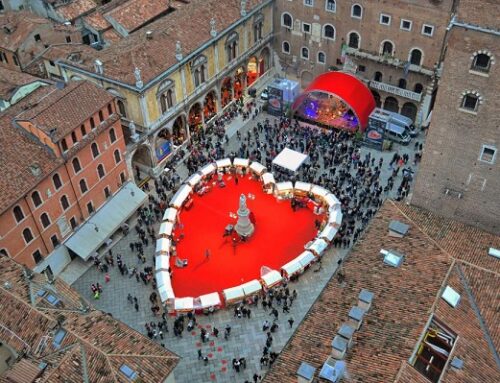Invigorating sounds of spirited conversations, the hissing of the milk steamer, the thumping of filters being emptied, the clatter of the cups and saucers uniting, the clinking of tiny spoons, the shaking and stirring of sugar packets, and the heavenly aroma of fresh ground coffee beans … you must be at an Italian “Bar” right now?
In Italy, the Italian “Bar” (what we call Café) is the center of social life, a sneak peek into “La Dolce Vita” (the sweet life). It may start with a quick stop on the way to work for a cappuccino or espresso and a cornetto (sugar-coated croissant), to several times during the day.
By the way, you’ll never see an Italian order a cappuccino as an after-lunch or after-dinner drink. Cappuccino is proper only at breakfast, but far too heavy for later in the day. For the Italians, it’s like having a milkshake after dinner.
Also, espresso means just that: express (fast) while standing at the bar, in and out in no more than six minutes. There’s no time to be sipping a three-ounce espresso slowly while reading the morning paper. During the day, a coffee break is known as ‘una pausa’ (a pause) because that’s literally what it is: A quick pause from running errands, getting back to work post-siesta, or meeting a business associate to swap paperwork.
Rarely do Italians have their after-lunch or after-dinner espresso at the same trattoria where they just dined. They scope out which locale in the area makes espresso the “right way” and argue over varying opinions, finally agreeing on “the one” and proceed to walk for miles to get that perfect three ounces.
Usually the barista’ will serve your demitasse cup alongside a small glass of water to cleanse your palate before and after. A native will gulp it down in no more three sips, take a few bites from a flaky pastry, pontificate on politics or religion, theatrically wave his/her arms in the air with drama and purpose, and get on their way.
In smaller towns, the atmosphere is a little more relaxed, as locals do stay for a while to chat. And the barista’ knows all the town gossip, from love affairs to settling soccer bets, to what the locals had for dinner last night. But watch him in action when there’s a crowd, fulfilling requests in rapid succession at the speed of light: Lungo, Ristretto, Corretto, Doppio, Macchiato, Con Panna, etc. Click here for translations.
In short, espresso and cappuccino have become part of a universal vocabulary, and the Italian coffee culture has inspired the creation of large multinational coffee shop chains (think Starbucks, Dunkin Donuts, Tim Hortons). It’s yet another art form skillfully mastered by the Italians and copied by the rest of the world!
Want to make an espresso at home? Watch this video to learn how!
Want to learn more? Click here for a special video presentation on this subject.
The Italian Cultural Foundation at Casa Belvedere is a not-for-profit organization that celebrates everything Italian by sharing stories such as this, and offering exceptional public programs: Language and cooking classes; art and photo exhibits; film festivals; opera luncheons and casino nights; Italian car shows and fashion shows; live concerts and theatrical performances; guest chef experiences and wine tastings; bocce and bingo (tombola); and much more. Casa Belvedere (house with a beautiful view) has established itself as a vibrant and buzzing cultural center in New York City. For more information, visit casa-belvedere.org.
